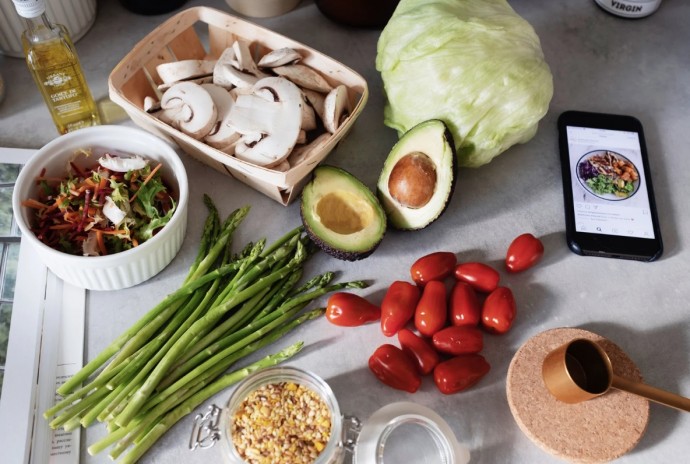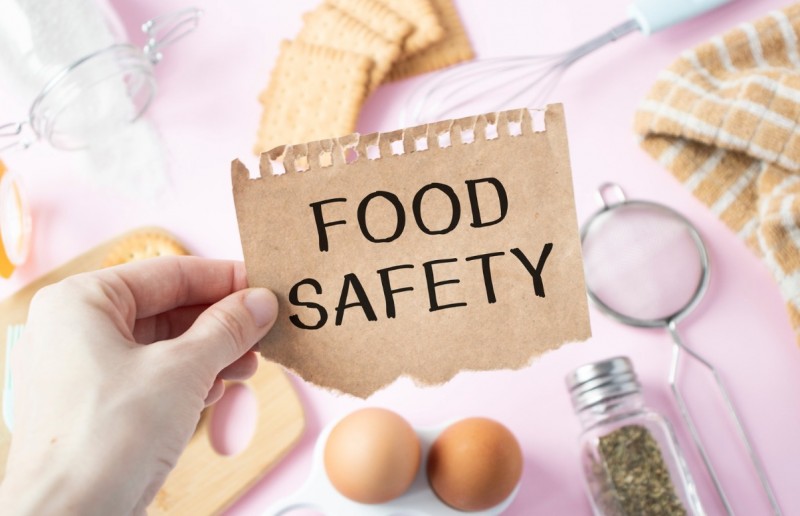12 Food Safety Tips & Rules

Kitchen hygiene is just as important in the home as in a restaurant. With a little established culinary wisdom, you can prevent harmful bacteria from multiplying on work surfaces and equipment, causing food to spoil and endangering health. Discover simple tips and rules for food safety in your kitchen.

1. Buy frozen and refrigerated foods last and put them in the refrigerator or freezer as soon as you get home, before putting other groceries away.
2. Always wash kitchen utensils in hot, soapy water between each stage of preparation.
3. Plastic cutting boards are more hygienic than wooden ones and can be put in the dishwasher.
4. Use two different cutting boards: one for raw and one for cooked foods.
5. Check that eggs are clean and not cracked when you buy them.
6. Wash or replace dishcloths, dish towels and sponges frequently because bacteria reproduce explosively in warm, moist environments.
7. Don’t leave raw foods or leftovers at room temperature for long or germs will multiply.
8. Be careful when preparing meat, fish, poultry and eggs to be sure that harmful bacteria don’t have a chance to breed.
9. When thawing meat, fish or poultry, place on a plate in the refrigerator, unwrapped but covered. Discard the liquid from thawing, as it may contain harmful bacteria.
10. Cook minced, rolled or stuffed meats and sausages all the way through. The meat’s core temperature must be at least 167°F (75°C) for 10 minutes in order to kill bacteria.
11. Cook whole poultry to at least 167°F (75°C). If you don’t have a meat thermometer, juices should run clear when the middle of the drumstick is pierced.
12. Don’t store food in its can after opening—contact with tin and iron can affect its flavor.
